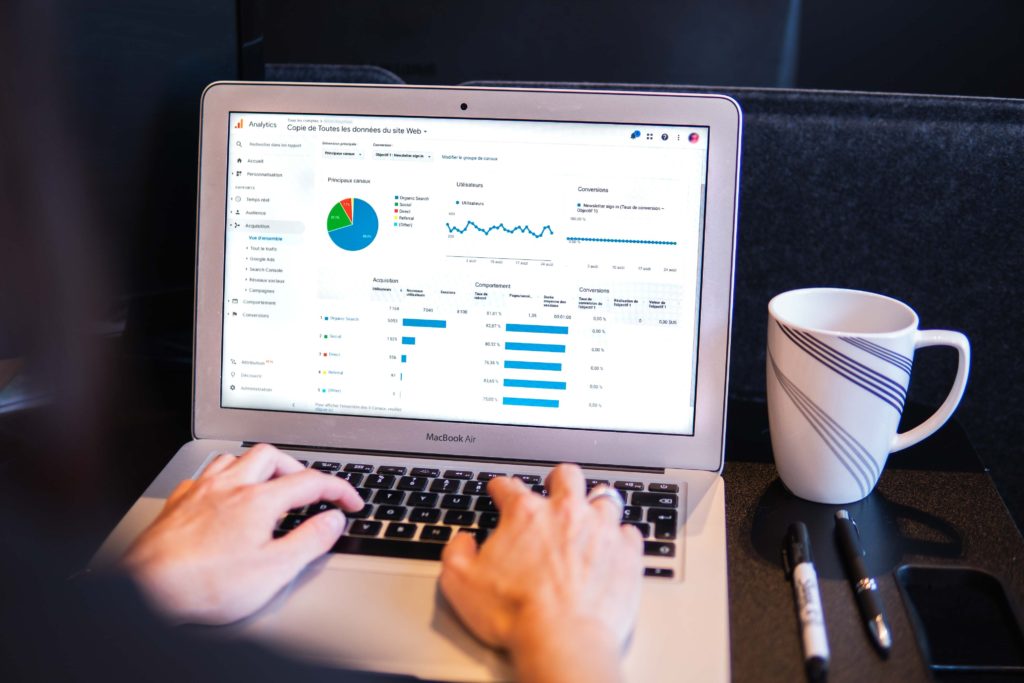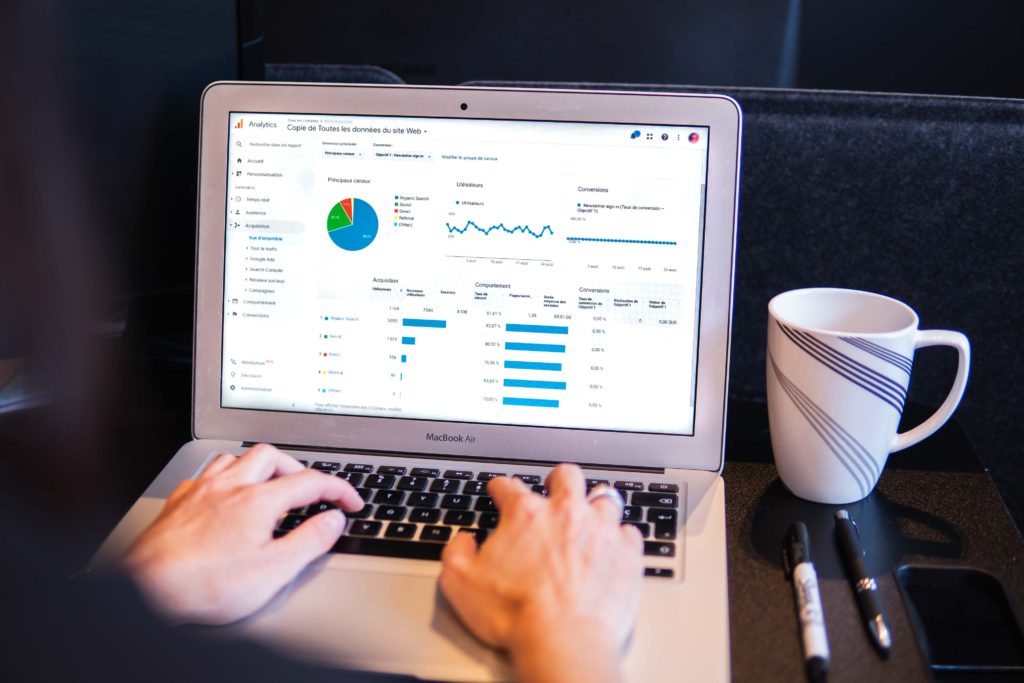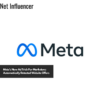Strategy
The Basics Of Social Media Analytics And How They Can Help You Grow Your Brand
Are you looking to take your brand to the next level in 2023? Tracking your social media analytics provides you with valuable insights around your audience and helps you craft a marketing strategy tailored just for them. Keep reading to learn more about the key data points worth analyzing and how to use them to grow your brand.
If you have plans to make 2023 your brand’s best year yet, measuring your social media analytics can help take you to the next level. Social media analytics provide information on your target audience, how well your content performs, and whether your paid advertisements were worth it. They can even tell you how well you measure against your main competitors.
There are many benefits to paying close attention to your social media data. Knowing how your content impacts your audience can help you customize product launch strategies for your ideal customer avatar. Social media analytics also help you retain your audience members and attract more. Your social media marketing campaigns will also be more effective as you learn more about what kind of content converts followers into consumers.

If you want to get more familiar with the ins and outs of social media analytics, you might need help knowing where to start. Fortunately, this guide contains information on the key data points worth analyzing and how to use them to grow your brand.
What Are Social Media Analytics?
You’ll need to measure specific data around your audience and content to grow your brand through social media marketing. Here are several types of social media analytics and the insights they provide.
Audience Demographics
Knowing as much as possible about your audience helps you craft a marketing strategy tailored just for them. Demographic data like age, gender, and geographic location is valuable when personalizing the content that converts into sales of your products and services. Additionally, discovering your audience’s average education level and occupation can assist you in developing your brand’s voice. The more your audience feels like you’re speaking to them directly, the more likely you will retain them as loyal followers and customers.
Performance and Engagement
Monitoring how well your content performs on your social media platforms is essential. By analyzing the engagement rates on your posts and videos, you’ll gain insights into what’s popular and what’s getting passed over. Here are some of the key performance metrics to track:
- Number of click-throughs from your social media platforms to your brand’s website
- Follower/subscriber count and audience attrition
- Interactions on posts, including likes and comments
Engagement rates also reveal where you should focus your time and resources if you’re active on several social media platforms. For example, if you notice significantly more activity on your Instagram account than on YouTube, you may want to scale back on your YouTube strategy.

Paid Advertisements
If you pay for advertising on your social media accounts, it’s important to measure the effectiveness of the ads. Free analytics tools, like Facebook Ads Manager, can help you track an ad’s engagement rates and identify trends over a specific time period. Some tools also have features where you can create an A/B test to target the right audience and see which paid content performs better. When you understand how well your advertisements are doing, you can make the necessary changes to your campaign and prevent wasteful spending.
.
Competitor Data
Knowing how well (or poorly) your competitors perform on social media allows you to adjust your strategy accordingly. For example, when you know which competitor posts and videos receive the most engagement, you can use that data to create similar content with your brand’s own unique twist. Measuring your brand against competitors is known as benchmarking and should be done regularly. Being aware of how you stack up helps you stay relevant and trendy.
How To Use Social Media Analytics to Grow Your Brand
Now that you know which social media analytics deserve the most focus, here’s how to use this data to boost your brand.
Measure ROI
ROI, or return on investment, is a fundamental metric to track when measuring your brand’s social media effectiveness. In addition to paid advertisements, you may also have a social media manager on your payroll or pay for social media automation tools. Be sure to measure how well these resources are actually helping to contribute to your bottom line.
If your current social media strategy works well, consider increasing your budget to include additional resources to help boost engagement and performance. On the other hand, if your data reveals your investments aren’t resulting in increased revenue, it may be time to scale back or shift gears to try something new.
Improve Your Strategy
Social media analytics around engagement and performance can reveal gaps in your overall strategy. The data will also let you know which portion of your process works best. When you see what content your audience loves the most, you can adjust your marketing strategy and create more of what has a track record of success.

To address gaps and weaknesses, consider outsourcing tasks you struggle with to people or resources that can better handle them. For example, if your strategy needs more engaging content, consider hiring a content creator within your niche who understands your audience and competition.
Improve Customer Service
In addition to tracking engagement data, such as like counts on posts and view time on videos, be sure to pay attention to the comments your audience leaves. Disgruntled customers often share their feelings on a brand’s social media page, hoping a representative will address their problem. If you notice a pattern in consumer complaints, work with your customer service teams to devise a plan of attack. When you provide high-quality customer care, you’re less likely to have to manage complaints through social media.

You may also receive positive feedback from customers through your social media comments. Consider turning such feedback into testimonials which can help drive sales and increase revenue. You may also use these types of comments to reward your team for a job well done, especially when a follower mentions one of your team members by name.



















